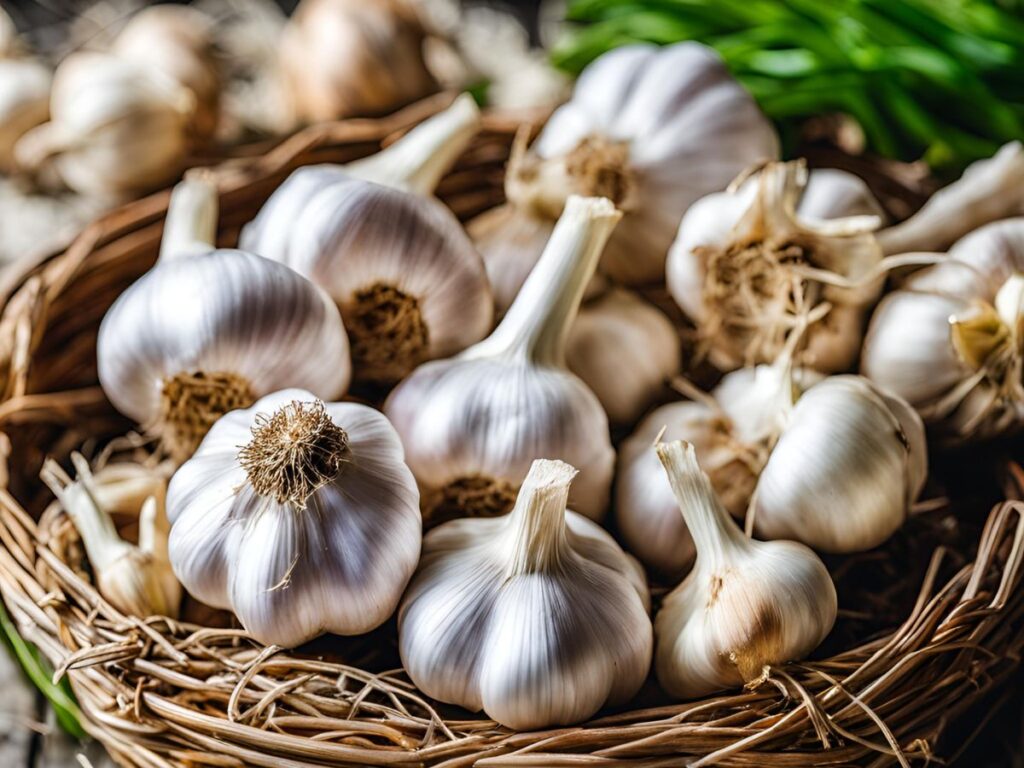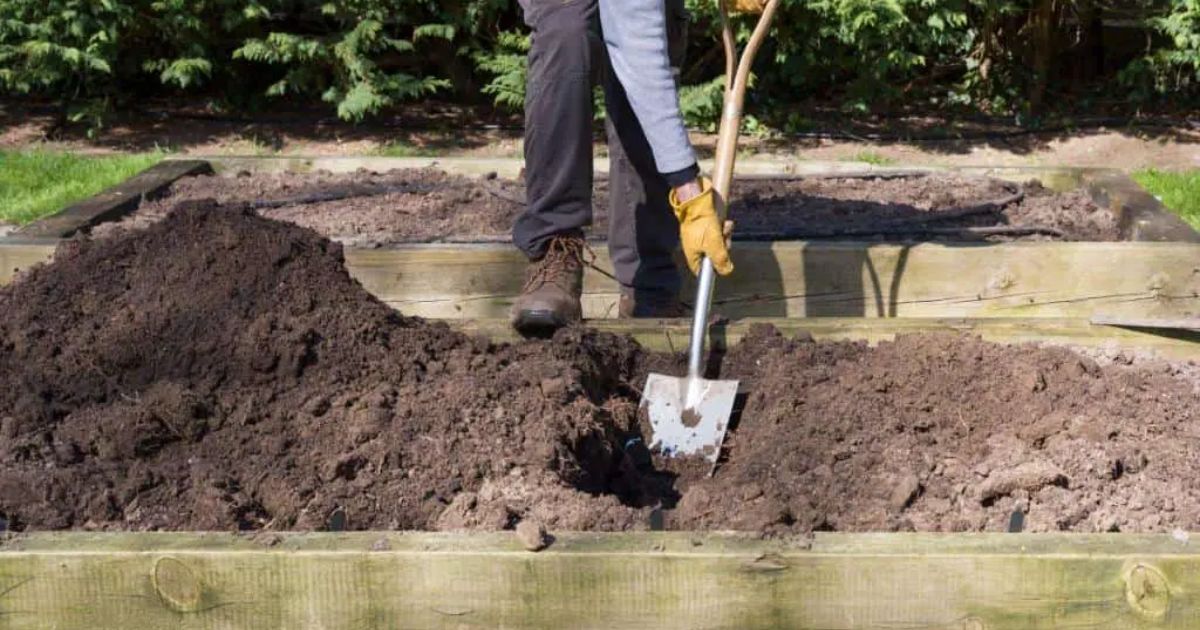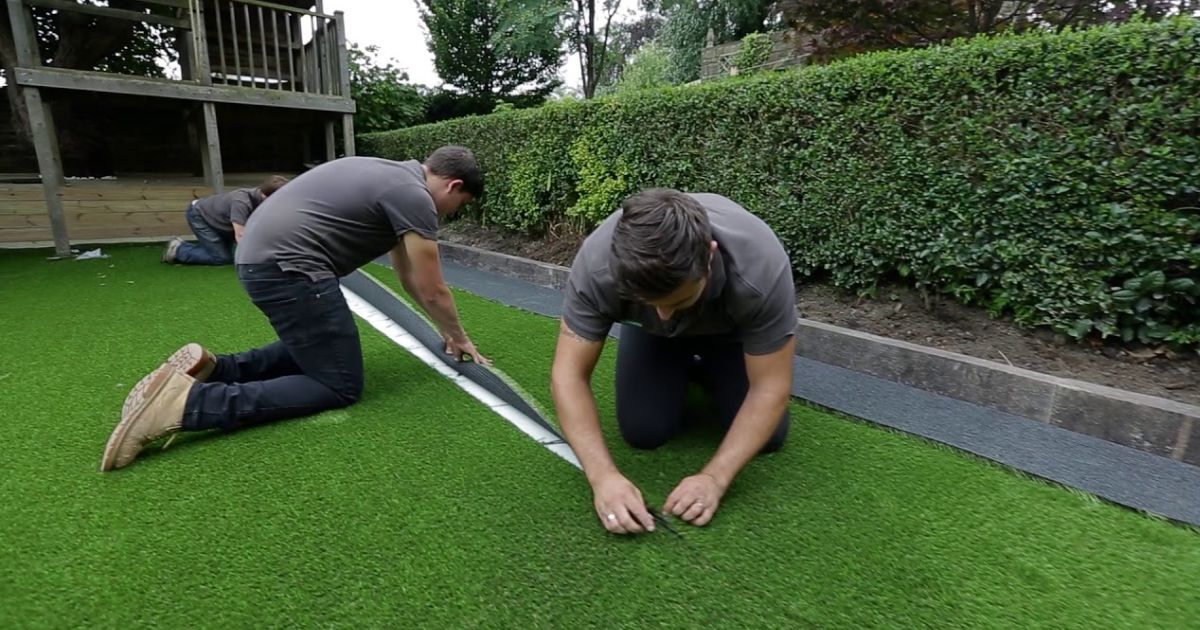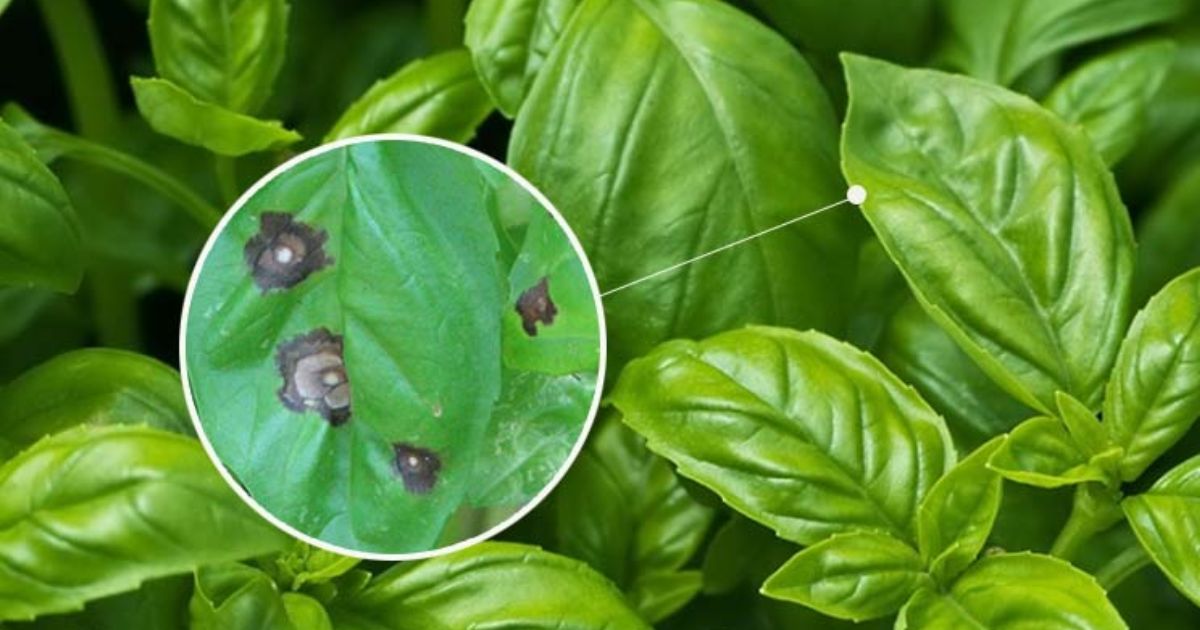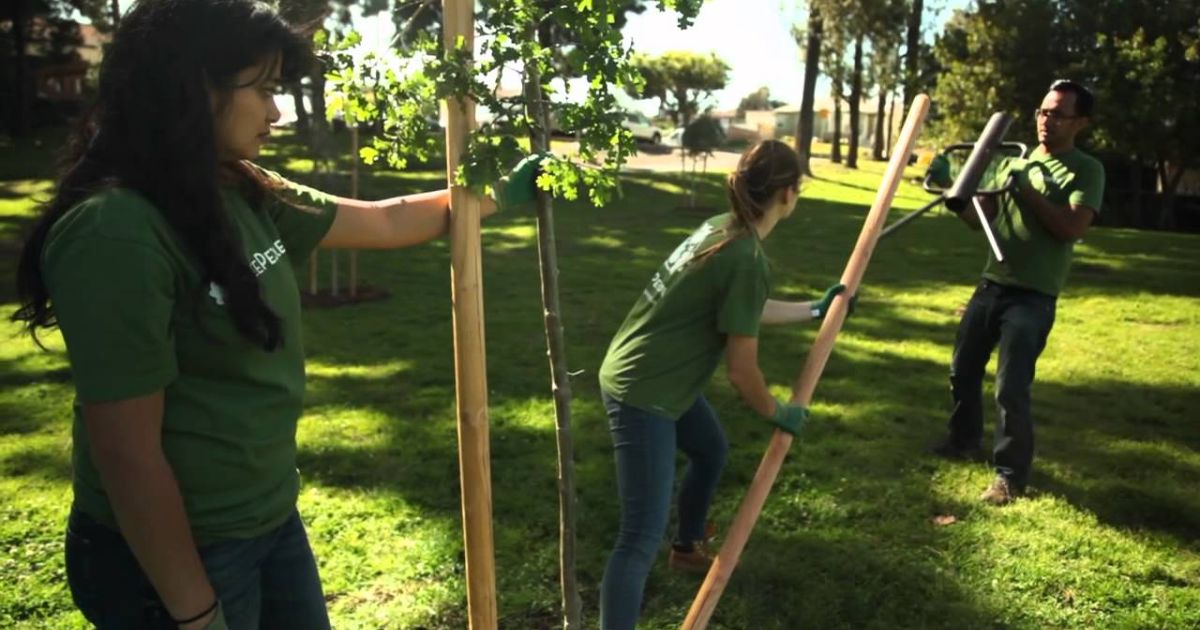Puccinia allii is a fungal pathogen that causes garlic rot, is one of the most common and damaging diseases affecting your garlic crop. Left unchecked, this disease can cause yellow to orange pustules on the leaves, stunting growth and significantly reducing the quality and yield of your garlic. While garlic rust can be difficult to control once it sets in, Fortunately, if you take the right precautions and care for yourself, you can stop it before it starts. By following best practices for garlic cultivation, you can protect your plants from this pesky disease and ensure a healthy, bountiful harvest.
In this guide, we’ll explore the essential steps you can take to prevent garlic rust and maintain the health of your garlic crop. From selecting the appropriate types to putting into practice planting techniques and soil care, these best practices will help you safeguard your plants from rust. By taking a proactive approach, you’ll boost your chances of a successful harvest and enjoy robust and flavorful garlic all season long.
What is Garlic Rust?
Puccinia allii is a fungal pathogen that causes garlic rot, is a destructive disease that affects garlic plants, particularly in humid and moist conditions. It is a type of rust fungus that thrives on the leaves and stems of garlic, leading to visible symptoms and potentially severe damage if left unchecked.
The disease manifests in yellow to orange pustules or spots on the upper surfaces of garlic leaves and stems. These pustules release spores, which can spread quickly to other parts of the plant or neighboring garlic plants. As the disease worsens, the afflicted leaves could turn into yellow, wilt, and die off, leading to stunted growth and weakened plants.
Garlic rust begins when spores from infected rust spray for plants are carried by wind or rain to healthy garlic plants. Once these spores land on a susceptible plant, they infect the tissue, forming pustules that release more spores. The cycle can repeat several times during the growing season, especially in favorable conditions, such as high humidity or prolonged periods of rain. Over time, the disease weakens the plant, reducing its ability to photosynthesize and store energy, essential for bulb development.
If garlic rust is not controlled, it can severely impact garlic health and lead to significant harvest loss. The plant’s vitality is compromised, and the bulbs may be smaller, less flavorful, or unable to form correctly. The entire crop can be lost in extreme circumstances. Preventing garlic rust before it spreads is crucial to ensuring a healthy, successful garlic harvest.
Why Garlic Rust Prevention is Crucial
Garlic rust can have significant economic and aesthetic consequences for gardeners and farmers. From a financial perspective, a garlic crop infected with rust can reduce yields and lower-quality bulbs, impacting market value. Smaller, damaged garlic bulbs are less appealing to buyers, reducing the overall profitability of the harvest. Additionally, aesthetic damage—such as yellowed, wilted leaves and unsightly rust pustules—diminishes the visual appeal of the plants, further impacting their marketability, especially for those growing garlic for culinary or decorative purposes.
Early prevention of garlic rust is essential to maintaining plant health and maximizing yield. Stopping the disease before it starts can help your garlic plants remain strong and healthy throughout the growing season. Healthy how to get cure of rust in plants are better equipped to produce robust bulbs, producing higher-quality harvests. Moreover, preventing rust early help lessen the need for expensive and time-consuming chemical treatments environmentally harmful. Instead of relying on chemicals, gardeners and farmers can focus on organic practices and natural solutions that promote sustainability in their farming systems.
Garlic is vital in sustainable gardening and farming, as it is often used in crop rotation systems to improve soil health and deter pests. Rust, however, can disrupt this delicate balance, mainly if it spreads to other crops or returns year after year. By stopping garlic rust before it becomes a significant problem, you help protect your garlic plants, keep your garden’s ecosystem healthy, and preserve the sustainability of your farming practices. Prevention is not just about saving a crop—it’s regarding guaranteeing the long-term prosperity and well-being of your entire gardening or farming operation.
Best Practices for Stopping Garlic Rust Before It Starts
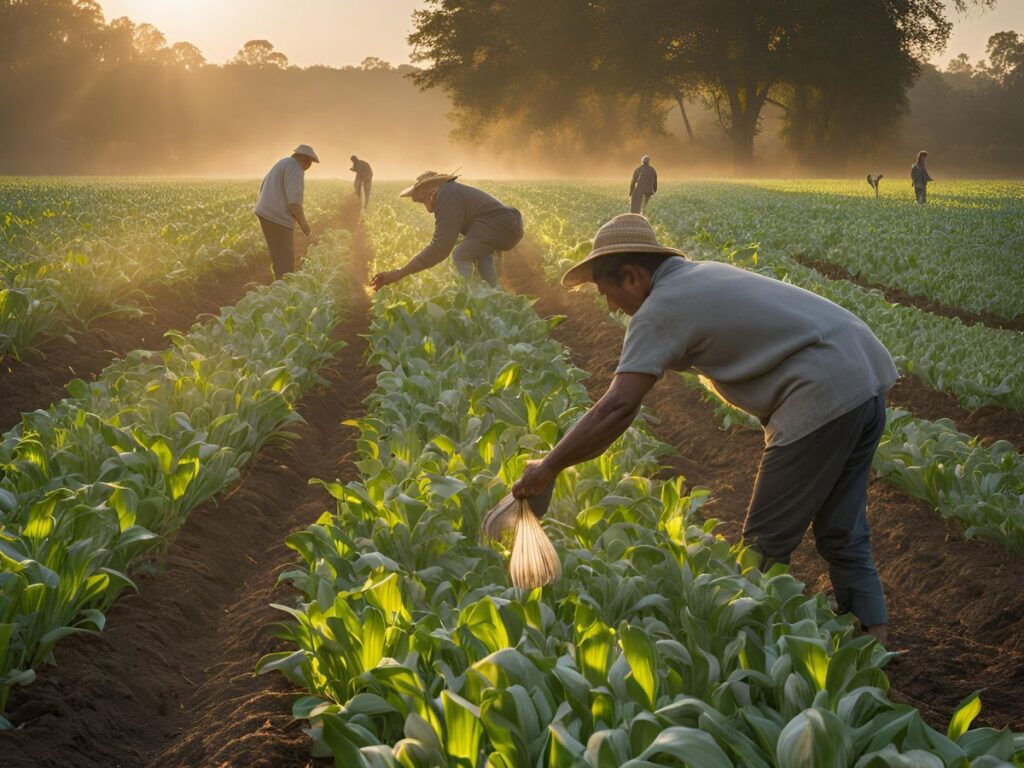
a. Choose Resistant Varieties
One of the most effective ways to stop garlic rust before it begins is by selecting garlic varieties naturally resistant to the disease. Soft-neck and hard-neck garlic varieties can resist rust, although some specific cultivars are mainly known for their durability. For example, the “Creole” and “Purple Stripe” varieties have shown resilience against rust. When selecting seeds or cloves for planting, it is crucial to choose disease-resistant varieties to minimize the risk of infection. You can find these varieties from reputable sources such as local nurseries, certified seed growers, or online seed suppliers specializing in high-quality, disease-free garlic. Opting for rust-resistant garlic reduces the chances of the disease taking hold and ensures a healthier crop.
b. Proper Planting Techniques
Planting your garlic correctly is another essential step in rust prevention. Proper spacing is key; garlic needs room to breathe and develop properly. Crowded how to treat plant rust are more likely to trap moisture, creating an ideal environment for rust spores to thrive. Space your garlic cloves at least 4-6 inches apart to ensure adequate airflow and minimize humidity around the plants. Additionally, planting garlic at the correct depth—about 2 inches below the soil surface—ensures the plants are strong enough to resist disease.
Equally important is ensuring good soil drainage. Garlic thrives in well-drained soil that doesn’t stay soggy for long periods. Excess moisture can contribute to rust growth, so it’s vital to plant garlic in raised beds or mounds to prevent waterlogging. Furthermore, garlic needs ample sunlight to grow healthy and strong. Garlic should be planted in a full-sun location for at least 6-8 hours a day, as sunlight helps the plant stay dry and less susceptible to fungal infections.
c. Maintain Healthy Soil
Garlic grows best in nutrient-rich soil, which supports its overall health and resilience to diseases like rust. Adding organic compost to the soil on a regular basis or well-rotted manure can enhance soil fertility and promote vigorous plant growth. A healthy garlic plant is more likely to withstand disease pressure, including garlic rust. Additionally, balanced fertilizers, especially those with higher nitrogen content, will encourage robust garlic development.
Another important factor in avoiding fungal diseases is the pH of the soil. Garlic prefers soil that is somewhat acidic (pH 6.0–7.0) as opposed to neutral. Overly acidic or alkaline soil can damage plants and increase their susceptibility to disease. Regularly test your soil’s pH and adjust it as necessary with lime or sulfur to keep it within the ideal range.
d. Crop Rotation and Companion Planting
Crop rotation is a time-tested practice to reduce the risk of rust and other soil-borne diseases. By rotating garlic with other crops from different plant families (e.g., tomatoes, beans, or peas), You can end the cycle of illness and lessen the chances of rust spores lingering in the soil. Don’t grow garlic in the same spot every year, as this may result in the accumulation of pathogens that cause rust.
Companion planting can also help deter garlic rust. Certain can garlic kill fungus, such as onions and leek rust, share the same family as garlic and can help repel rust-causing spores. Additionally, planting garlic alongside herbs like thyme, rosemary, and basil can promote a healthy environment that naturally repels pests and diseases. How Carpenter Bees Can Damage Your Property and What You Can Do About It
e. Regular Monitoring and Early Detection
Regularly inspecting your all the leaves have turned to rust is crucial for early detection of garlic rust. Begin checking your garlic crops for signs of infection during the growing season, especially in the spring and early summer. Look for yellow or orange pustules on the leaves, characteristic of garlic rust. Early intervention is the key to stopping rust before it spreads and damages the entire crop. If rust is detected early, you can remove infected leaves and take action to prevent further spread.
Using a magnifying glass or performing close inspections can help you spot rust pustules that may be difficult to see with the naked eye, especially in the early stages. Addressing the issue quickly is vital in controlling the infection and preventing the fungus from overwhelming your crop.
f. Use Organic Fungicides
While prevention is the best strategy, organic fungicides can also help protect your garlic from rust, especially if you notice early signs of infection. In organic farming, copper-based fungicides are frequently utilized and have proven effective in preventing the spread of garlic rust. Neem oil is another organic solution that acts as a fungicide and insect repellent, helping protect plants without harming beneficial organisms.
Follow the manufacturer’s instructions for any fungicide you choose to ensure proper application and effectiveness. For gardeners who prefer all-natural remedies, a baking soda solution or homemade garlic spray can also deter rust. These organic alternatives can help protect your garlic while maintaining an environmentally friendly gardening approach. what fruit can boost wetness?
By implementing these best practices, you can stop garlic rust before it starts and keep your garlic crop healthy, productive, and rust-free. Through careful attention to plant selection, soil health, and early detection, you’ll create an environment that naturally resists garlic rust and ensures a successful harvest.
Garlic Rust Treatment Options
While prevention is always the best course of action regarding garlic rust, sometimes the disease still makes its way into your crop. If rust is detected, early intervention is crucial to stop it from spreading and doing serious harm. However, it’s important to emphasize that treatment should be seen as a supplementary measure rather than the primary solution, as consistent preventive practices remain the most effective way to control garlic rust in the long term.
Removing Infected Leaves
The first step in treating garlic rust is immediately removing infected leaves. When you spot yellow or orange pustules on the garlic leaves, cutting away the affected foliage is essential. This helps limit the spread of rust spores to healthy parts of the plant and other garlic plants in the area. Discard the infected leaves in the trash—do not compost them, as this could potentially spread the spores and reintroduce rust into your garden next season. This physical removal is one of the simplest and most effective ways to control the disease and prevent further damage.
Using Fungicides
In cases where garlic rust has taken hold, fungicides can be used as a treatment option to help control the disease. Organic fungicides, such as copper-based fungicides, are commonly used for managing garlic rust. These fungicides work by preventing the rust spores from germinating and spreading, thus reducing the disease’s impact on garlic plants. Neem oil is another organic treatment that acts as a fungicide and insect repellent, helping protect your garlic from further fungal attacks.
When applying fungicides, it’s essential to follow the manufacturer’s instructions carefully, paying attention to recommended application rates and timing. Overusing fungicides can lead to resistance and harm beneficial insects and the surrounding ecosystem. For gardeners who prioritize organic methods, homemade alternatives, such as baking soda or garlic-based sprays, can offer mild protection against the fungus without harming the environment.
Avoiding Overuse of Chemicals
While fungicides can help treat garlic rust, they should not be relied upon as the sole solution. Overuse of chemicals can lead to fungal resistance, making future outbreaks harder to control. Additionally, excessive use of chemical fungicides can negatively impact soil health, beneficial microorganisms, and even surrounding brown spot on garlic. It’s essential to strike a balance and use chemicals sparingly, only when necessary, and ideally as a component of a comprehensive pest management strategy that includes cultural and mechanical practices alongside chemical control.
Embracing Organic Practices
For sustainable gardening, it’s essential to prioritize organic methods when dealing with garlic rust. Organic fungicides, such as those mentioned earlier, should be used carefully and as a last resort after preventative measures have been exhausted. Embracing organic practices helps protect the environment and maintains the health of your soil and the broader ecosystem in which your garlic grows. Healthy soil, good planting techniques, crop rotation, and companion planting should always be your first line of defense.
When to Harvest Garlic for Best Results
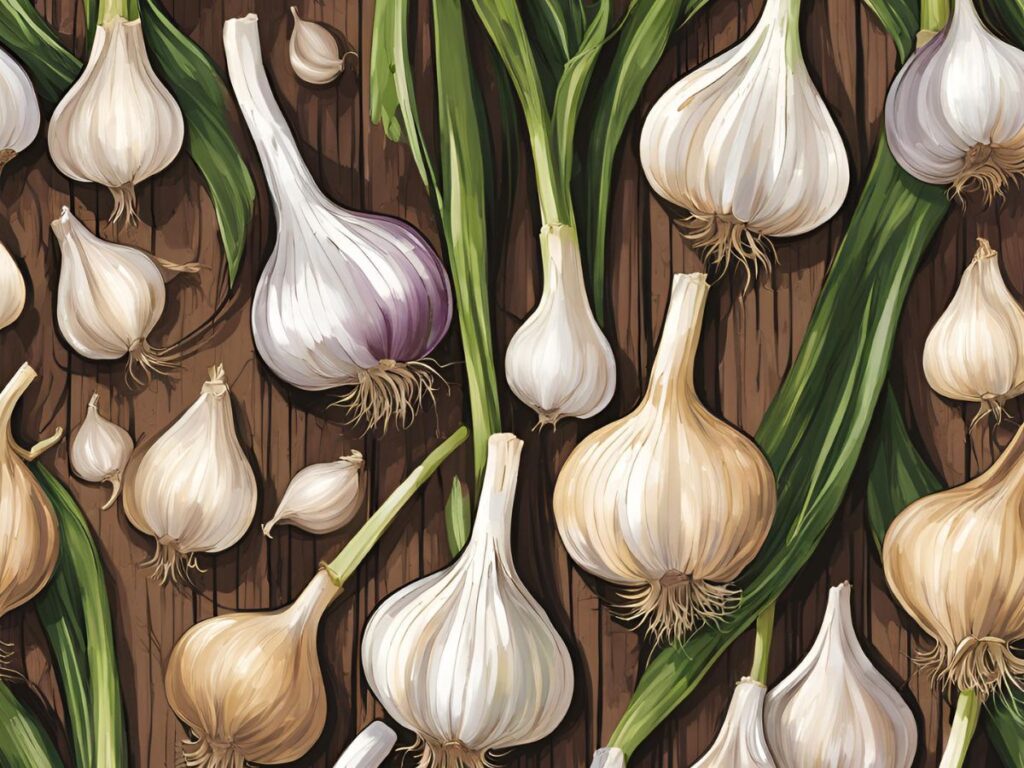
Timing your garlic harvest is essential to ensure the highest quality bulbs and minimize the risk of diseases like garlic rust. Harvesting at the right time helps avoid rust-related complications, fungal infections, and other post-harvest issues. Suppose garlic is left in the ground for too long. In that case, it becomes more vulnerable to further fungal infections, including rust, which can compromise the bulbs’ health and reduce the harvest’s overall quality.
Identifying When Garlic is Ready for Harvest
The best time to harvest garlic is when the Lower leaves start to turn yellow and eventually perish, but the top few remain green. This indicates that the garlic bulbs have fully matured and the cloves have adequately developed. Harvesting depends on the type and growing environment garlic is typically possible in the middle to late summer, typically around 8-9 months after planting. It’s essential to pay close attention to your plants during this time. Waiting too long can cause the garlic bulbs to become over-mature, causing the cloves to separate or rot in the ground. Additionally, overripe garlic is more susceptible to rust and other diseases, as stressed or weakened plants can fight off pathogens less. is a banana a herb
Harvesting garlic at the right time helps preserve its size, flavor, and storage life. To check for readiness, gently pull one or two bulbs from the soil to examine the size and firmness of the cloves. If the cloves are fully formed and the bulbs are firm to the touch, it’s time to start harvesting.
The Risk of Delaying Harvest
Waiting too long to harvest garlic can increase its environmental stress and disease exposure. As garlic matures, its outer skins can break down, exposing the inner cloves to pathogens. Garlic rust and other fungal diseases thrive in moist conditions. If the bulbs remain in the ground after being ready to harvest, they become more vulnerable to further infection. Rust spores can also spread from infected leaves to the developing bulbs, causing potential damage if not harvested promptly.
In addition to fungal infections, delayed harvesting can result in smaller or weaker garlic bulbs, affecting the quality and quantity of your harvest. Bulbs left too long in the ground can also suffer from excessive moisture, which increases the likelihood of rot. To avoid these complications, always aim to harvest garlic when the can rust on plants be cured are mature but before they become overripe.
Curing Garlic to Prevent Post-Harvest Diseases
Once garlic is harvested, curing is critical in preserving its quality and preventing post-harvest diseases, including rust-related complications. Curing garlic involves drying it in a cool, well-ventilated area from direct sunlight. This process allows the outer skins to harden, which helps protect the cloves and extends their shelf life. Proper curing also reduces the risk of mold, mildew, and rot, which can develop if garlic is stored improperly.
To cure garlic, hang the bulbs in bunches or lay them out in a single layer on a clean surface, ensuring they are spaced apart to allow for air circulation. The curing process typically takes 2-3 weeks, during which time the outer skins will dry, and the necks of the garlic will become firm. Trim the roots and remove any extra dirt when they have dried before storing the bulbs in a cool, dry, and dark place. Proper curing is essential for maintaining the quality of the garlic and preventing any diseases or spoilage after harvest.
Conclusion
Preventing garlic rust before it takes hold is vital to guaranteeing a robust and abundant yield. Early prevention is the most effective strategy, starting with selecting rust-resistant garlic varieties and following good gardening practices. Choosing resistant varieties, such as certain hard-neck and soft-neck garlic, is a smart first step in safeguarding your crop. Maintaining healthy soil, ensuring proper spacing and drainage, and monitoring your plants regularly are all crucial for minimizing the risk of rust and other fungal diseases. Early detection lets you take action before the problem spreads, protecting your garlic from long-term damage.
You can significantly reduce the risk of garlic rust and other diseases by incorporating these best practices—such as proper planting techniques, crop rotation, and organic fungicides when necessary. These efforts will help preserve your garlic’s health and improve your yield, ensuring a successful and sustainable harvest year after year.
Remember, preventing garlic rust isn’t just about protecting your plants from a single disease; it’s about fostering an environment where your garlic thrives, free from pests and diseases. By implementing these practices, you’re laying the foundation for a productive and healthy garlic crop. Keep your garlic thriving with early intervention, vigilant care, and thoughtful gardening practices, and enjoy a robust, disease-free harvest.
FAQs
1. What is garlic rust, and how does it affect my garlic plants?
Garlic rust (Puccinia allii) is a fungal disease that affects garlic plants. It manifests as yellow to orange pustules on the leaves and stems of garlic. Rust spreads quickly, weakening the plant and reducing yield. Garlic rust can lead to a significant loss in harvest quality and quantity if not controlled.
2. How can I prevent garlic rust from affecting my crop?
Preventing garlic rust begins with selecting rust-resistant garlic varieties, ensuring proper planting techniques, maintaining healthy soil, and practicing crop rotation. Regular monitoring and early detection are also essential in catching the disease before it spreads. These measures help create an environment that minimizes the risk of rust and other fungal diseases.
3. What garlic varieties are resistant to rust?
Soft-neck and hard-neck garlic varieties are generally more resistant to garlic rust. Some garlic types, like certain breeds of hard-neck varieties, are bred specifically for more excellent disease resistance, which can reduce the likelihood of rust affecting your crop.
4. When should I harvest my garlic to avoid rust and other diseases?
Harvest garlic as soon as the lower leaves start to yellow and die off, but the top few remain green. If garlic is harvested too late, it becomes more susceptible to diseases like rust and may suffer from poor bulb quality. Harvesting at the right time ensures healthy bulbs and lowers the chance of developing fungal infections.

